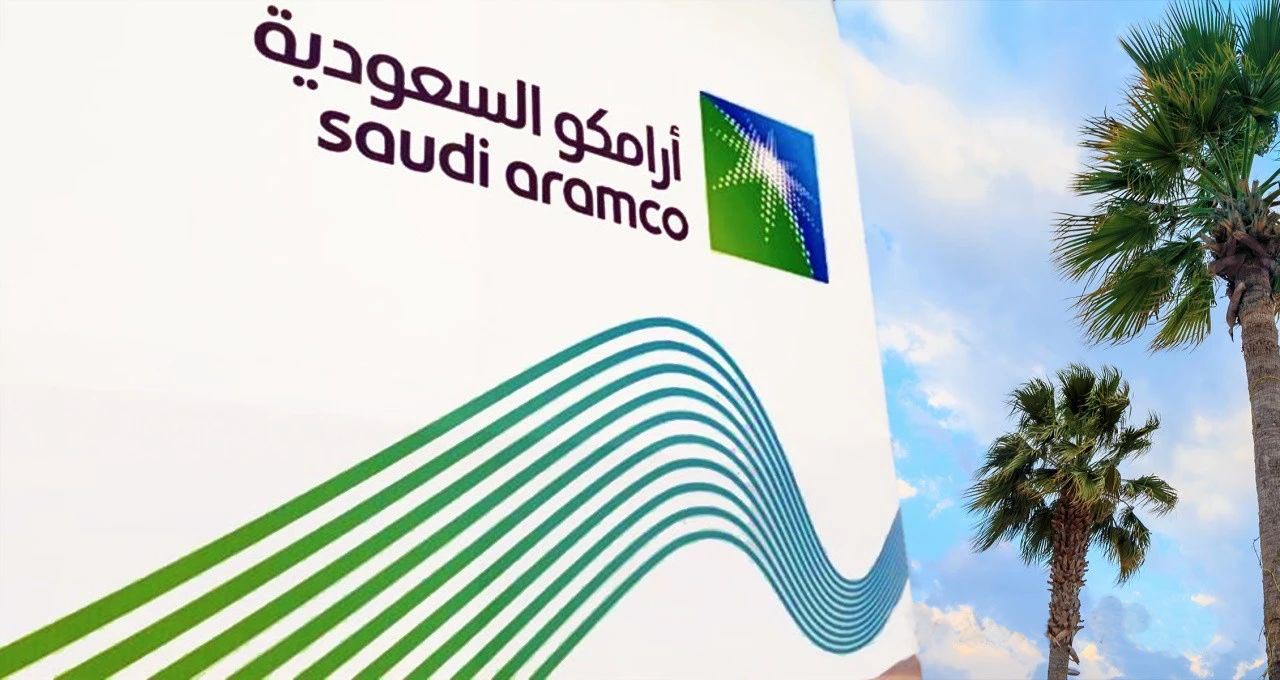Saudi Aramco's recently released 2023 financial results once again proved the strength of the company and its importance to the kingdom as a whole.
Despite a decline in international oil prices throughout 2023 compared to the previous year, and the extension of OPEC+ production cuts led to lower production levels than in the past, Saudi Aramco still achieved a total of $121 billion in net income in 2023. Saudi Aramco's net income was down 25 percent from $161 billion in 2022, but its performance was still strong. Looking at the entire financial report, there are the following four points that are particularly noteworthy

One is a sharp increase in dividend payments. In 2023, the dividend paid by Saudi Aramco increased by 30% year on year to $98 billion. This follows the company's decision to pay an additional "performance-linked" dividend on top of the basic dividend from the third quarter of 2023. By 2024, Aramco's dividend payout could further increase to $124 billion. The higher dividend would particularly benefit its two largest shareholders, the Saudi government and the Public Investment Fund (PIF).
Second, capital expenditure was significantly increased. In 2023, Saudi Aramco increased its investment in upstream, downstream and new energy sectors in Saudi Arabia and abroad, with capital expenditure increasing by 28% year-on-year to nearly $50 billion. The company also said that capital expenditures in 2024 will be between $48 billion and $58 billion. The Saudi government's postponement of previously announced plans to expand oil capacity expansion is estimated to save Aramco about $40 billion in additional capital expenditure between 2024 and 2028.Third, outstanding loans have declined.
Saudi Aramco made the final payment to PIF in 2023 for the acquisition of the Saudi Basic Industries Corporation (SABIC) in 2020. That narrowed the company's outstanding borrowings to about $77 billion, a 26 percent decline.Fourth, cash and current assets declined. A combination of factors, including increased dividend payments, capital expenditures and loan repayment payments, has reduced the total cash and liquid assets held by Saudi Aramco to about $100 billion from $135 billion in 2022. But the company remains the most important source of economic and financial liquidity for the entire kingdom. By comparison, liquid assets in the PIF's fiscal pool stood at about $22 billion in September 2023, while the Saudi government had $116 billion in deposits with the country's central bank at the end of 2023.
The question is, is Aramco's high dividend inexhaustible?
Its dividend to shareholders has risen from $75bn in 2022 to $98bn in 2023 and is likely to rise further to about $124bn this year. As just mentioned above, the main reason for the growth is the introduction of a "performance-linked" dividend in the third quarter of 2023, as an additional supplement to the company's basic dividend paid in 2018, set at Saudi Aramco's "free cash flow" in 2022 and 2023. It is defined as 70% of operating cash flow after capital expenditures and basic dividend payments, and will be paid quarterly in the fourth quarter of 2024.
Who are the main beneficiaries of Saudi Aramco's dividend? Apparently, the Saudi government and the PIF.
At the end of 2022, Saudi Aramco had $135 billion in cash and short-term investments. Thanks to two consecutive years of high international oil prices in 2021 and 2022, and proceeds from the sale of stakes in two pipeline companies, Saudi Aramco's liquid assets such as cash and short-term investments have more than doubled in the past two years.
Given the increase in both capex and debt payments in 2023 and the decline in oil revenues, the company "appropriated" a total of $33 billion in cash and short-term investments to pay out higher dividends to shareholders. This is likely to continue in 2024. With Aramco planning to increase capital spending in 2024, the company may have to dip into its working capital to pay dividends again unless it uses external financing or sells existing assets. Of course, given that Saudi Aramco still holds $102 billion in cash and short-term investments on its books at the start of 2024, this won't be too much of a problem for a while.
The Saudi government and PIF, as the two largest shareholders of Saudi Aramco, are the main beneficiaries of the latter's higher dividend. In fact, the introduction of the so-called performance-linked dividend is a special arrangement for the company to meet the financing needs of these two major shareholders, so as to transfer some of the liquidity it holds to the distribution and fill the funding gap between the Saudi government and the PIF. PIF received approximately $5.5 billion in additional dividends from Saudi Aramco in 2023 compared to 2022, and the amount of this additional dividend is likely to increase further to $12 billion in 2024. This is largely due to the Saudi government injecting another 8% stake in Saudi Aramco into PIF in March this year. For the Saudi government, there is also a higher dividend yield in 2024 than in 2023, mainly in the form of new performance-linked dividends that roughly match the value of an 8% equity stake. To some extent, it can be seen as making up for the loss of this 8% equity transfer. But the dividend income from this 8% stake is nowhere to be filled, leaving a potential $1 billion to $2 billion "hole" in the Saudi government's 2024 budget. The only positive is that a higher dividend would make Aramco shares more attractive to investors.
Post time: 4月-18-2024





